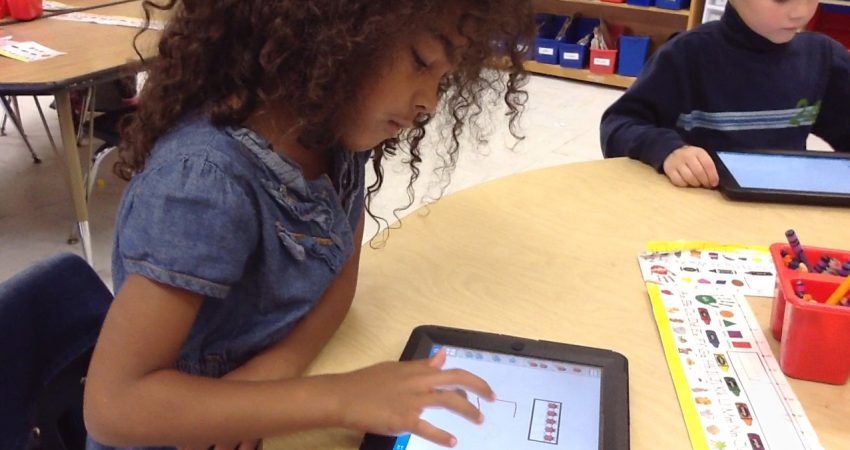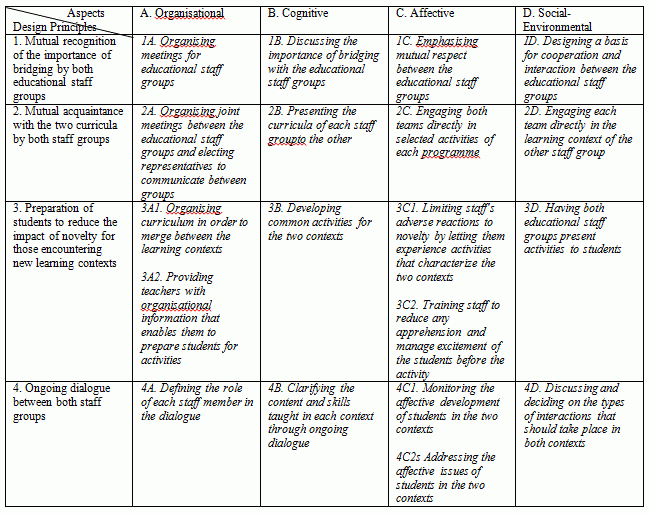
By Heather King - April 2014
PAPER CITATION
Fallik, O., Rosenfeld, S., & Eylon, B-S. (2013). School and out-of-school science: A model for bridging the gap. Studies in Science Education, 49(1), 69–91. doi:10.1080/03057267.2013.822166
The authors of this paper were experiencing a real-world problem. They had worked on projects in both formal and informal settings and knew that if they bridged the gap between the two contexts learners would benefit. Prior research has found that many students who are uninterested in school science may be active participants in out-of-school settings. Building connections between learning opportunities, therefore, would increase students’ motivation for learning, enable them to build connected knowledge, and help them develop new skills and attitudes. Thus the authors developed a model to effectively bridge two contexts: a school and an afterschool programme for low-achieving middle school students. Their aim was to enhance motivation and efficacy in the afterschool programme and achievement in school science and technology classes.
Previous models that address practice across settings have focused on ways to support school visits to museums (e.g., FMP, DeWitt & Osborne, 2007; SMILES, Griffin, 2004). The current model focuses on developing dialogue and cooperation between school and afterschool staff, helping them to build a common language, culture, and environment so they can promote common educational goals.
The model’s 4 x 4 framework matches four aspects of any learning environment—the organisational, cognitive, affective, and social-environmental—with four design principles in order to create 16 practical steps for bridging the gap. In the model summary below, the column headings reflect the four aspects of learning, whilst the rows highlight the design principles for effective communication. The 16 resulting steps provide a framework for building dialogue and cooperation. (The full explanation of these aspects and principles in the original article will provide a useful introduction to readers unfamiliar with the differences and similarities between the formal and informal contexts .)

Implications for Practice
The 16 steps do not represent particularly new ideas; rather, they offer a way of checking progress towards greater bridging between school and afterschool learning contexts. The authors argue that mapping design principles against learning aspects results in a model that is comprehensive, connective, and practical. They also intimate that its use has been effective in practice, although they do not report on its implementation in this paper.
The authors suggest that informal education staff are likely to take the lead in bridging the gap because they may have more interest than school staff in enhancing cooperation. To this end, the model will almost certainly be useful to informal educators as a checklist for their efforts. Many of the steps appear straightforward and self-evident, but some are arguably more important than others. For example, I would emphasise three of the 16 steps:
3B. Developing common activities for the two contexts 3C1. Limiting staff’s adverse reaction to novelty by letting them experience activities that characterize the two contexts 4B. Clarifying the content and skills taught in each context through ongoing dialogue
To this list, I would add an additional step: Learning skills and perspectives from each other’s pedagogical repertoires. Indeed, considering further steps to add to this model may provide a particularly productive starting point for staff similarly engaged in building bridges between formal and informal learning contexts.
References
DeWitt, J., & Osborne, J. (2007). Supporting teachers on science-focused school trips: Towards an integrated framework of theory and practice. International Journal of Science Education, 29, 685–710.
Griffin, J. (2004). Research on students and museums: Looking more closely at the students in school groups. Science Education, 88, S59–S70.




